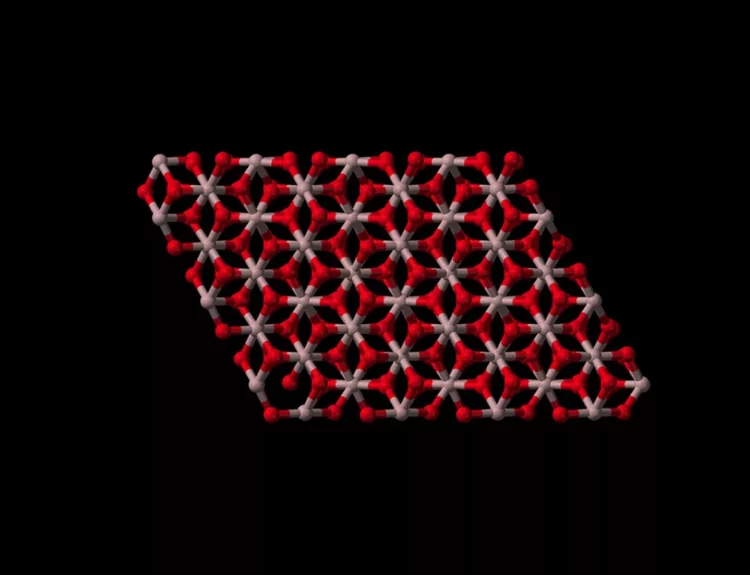The article “Size- and Shape-Dependent Properties of Iron Oxide Nanoparticles: An Experimental and Theoretical Perspective” dives into the fascinating world of iron oxide nanoparticles, tiny particles with dimensions measured in nanometers (a nanometer is one billionth of a meter). These nanoparticles absorb because their physical and chemical properties can change dramatically based on size and shape. Understanding these changes is crucial for various applications like medicine, electronics, and environmental science.
What are Iron Oxide Nanoparticles?
Iron oxide nanoparticles are tiny bits of iron oxide, a compound of iron and oxygen. You might be familiar with one common form of iron oxide: rust. However, at the nanoparticle scale, iron oxide behaves very differently from the rust you find on an old bike.
Why Size and Shape Matter
At the nanoscale, particles’ surface area to volume ratio increases significantly, which means the surface properties become much more dominant than in larger particles. This shift can lead to changes in reactivity, magnetism, and other physical properties.
- Side Effects: As the size of iron oxide nanoparticles decreases, they exhibit quantum effects, which are not observable in larger particles. This can lead to changes in their magnetic properties, making them superparamagnetic. This means they can become magnetized in an external magnetic field but do not retain this magnetism once the field is removed. This property is incredibly useful in medical applications like magnetic resonance imaging (MRI).
- Shape Effects: The shape of nanoparticles can also influence their properties. For example, spherical nanoparticles might behave differently than rod-shaped ones in terms of how they interact with light, how biological tissues absorb them, and how they catalyze chemical reactions.
Applications and Implications
Understanding the size and shape of iron oxide nanoparticles opens up a world of possibilities:
- Medical Applications: They can be used for targeted drug delivery, delivering the medicine directly to the diseased cells, and minimizing side effects. Their magnetic properties are also exploited in MRI for detailed imaging of the inside of the body.
- Environmental Remediation: Their reactivity can be harnessed to remove pollutants from water and soil.
- Information Storage: The magnetic properties of these nanoparticles can be used in developing high-density data storage systems.
Conclusion
The study of iron oxide nanoparticles from both experimental and theoretical perspectives reveals how tweaking the size and shape of these tiny particles can lead to significant changes in their properties. This research deepens our understanding of the fundamental principles of nanoscience and paves the way for innovative applications that could revolutionize fields like healthcare, environmental science, and technology. As researchers continue to explore these nanoparticles, we can expect to see breakthroughs that harness the unique properties of iron oxide at the nanoscale.
To purchase Iron Oxide Nanoparticles, please follow this link.







